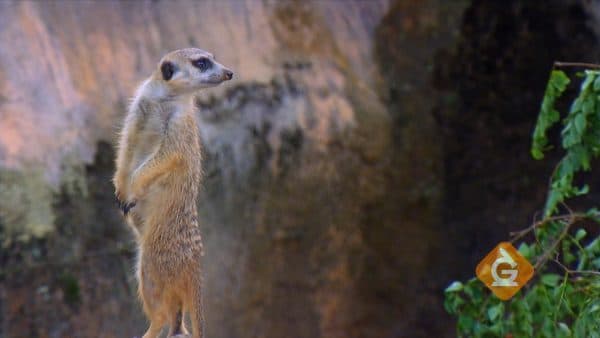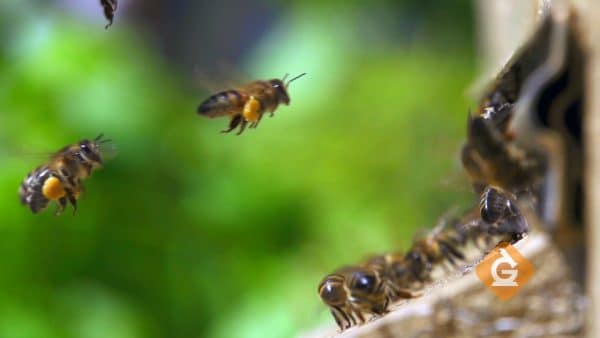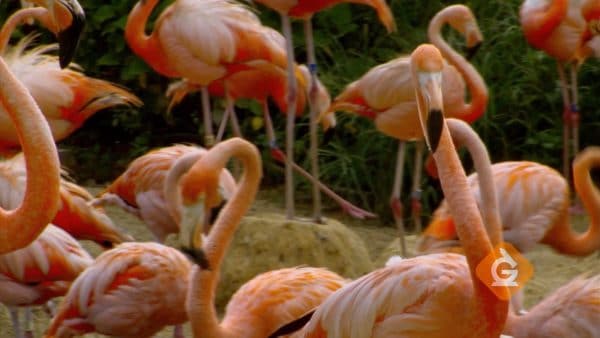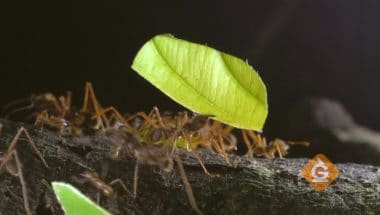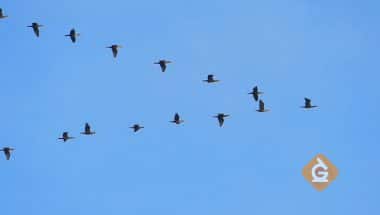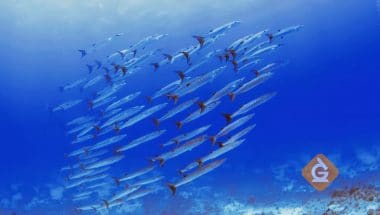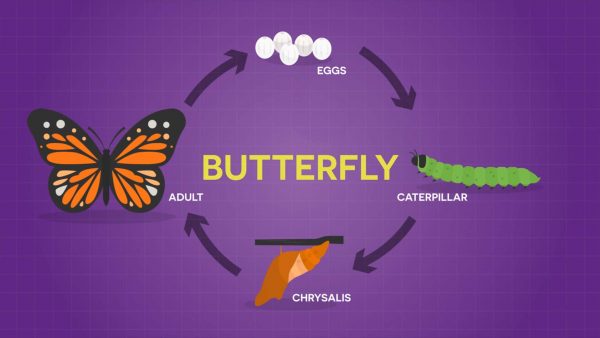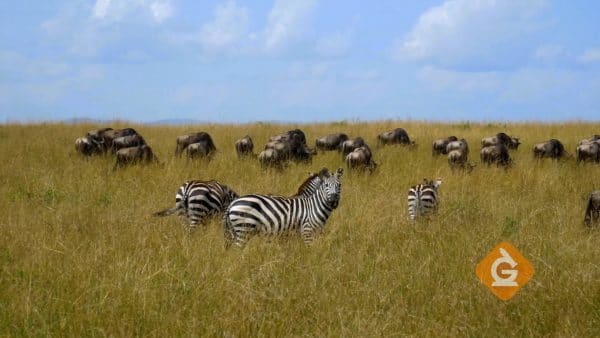Leaf cutter ants chop leaves and carry them back to their colony. The leaves are used as fertilizer to grow fungus, which is shared with the entire colony.
Animal Group Behavior can involve a few animals or thousands.
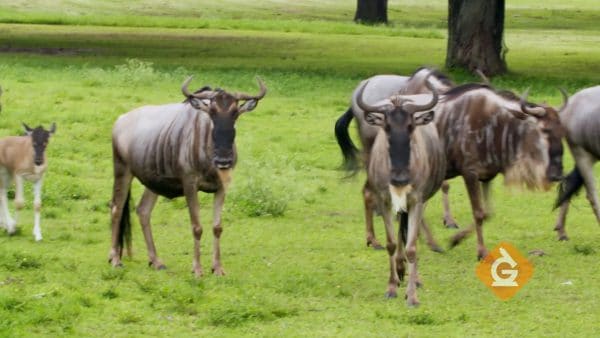
Animals can form groups that are big or small. An African lion pride usually consists of about 13 lions. By forming a group they can hunt more effectively. It helps them survive.
Wolves also form small packs of between 5 and 11 individuals. Wolf packs also hunt together and defend themselves against intruders.
Wildebeest can be found in huge groups of over 1 million in eastern Africa. Wildebeest are very vulnerable to predators, which is why they live in such large herds. When a predator gets near, they make an alarm call to signal the other members of the herd. Interestingly, they also stay close to zebras. Scientists think that they hang out with zebras in hopes that the predator will catch a zebra instead of a wildebeest.
Wildebeest are part of the great migration, during which time they travel from the Serengeti in Tanzania to grasslands in Kenya. The migration is in a circle, consisting of 500 miles of grass. Traveling in large herds is the safest way to make this journey.

